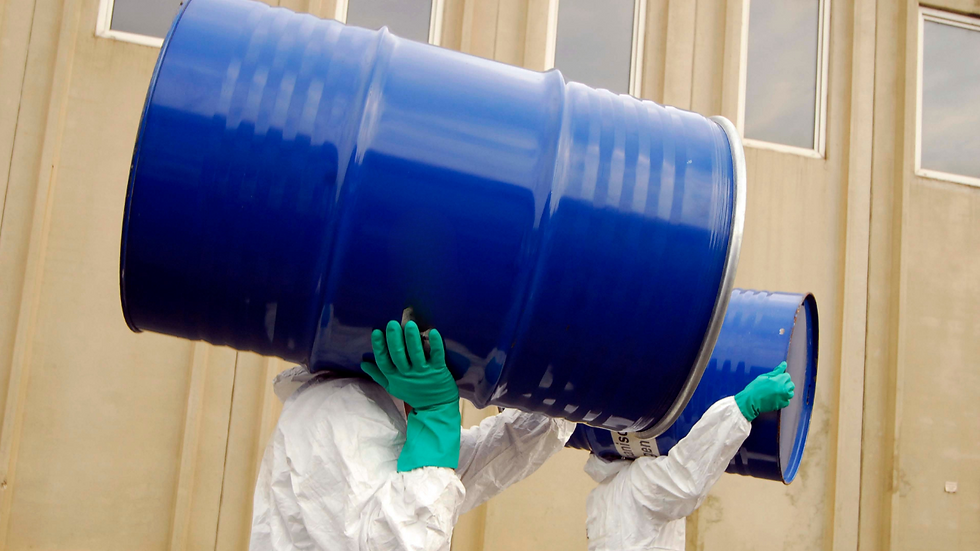Navigating MSHA's New Silica Standards: Essential Guidelines for Compliance
- Shane Stewart

- Jul 17
- 3 min read
A Practical Guide to Accurate Silica Sampling Methods, Procedures, and Lab Certification Requirements

Understanding the New MSHA Silica Regulations and Sampling Methods
In April 2024, the Mine Safety and Health Administration (MSHA) announced updated regulations to significantly reduce the allowable exposure to respirable crystalline silica. Silica, a mineral commonly found in mining operations, poses severe health risks such as silicosis, lung cancer, and chronic respiratory diseases. Under these new regulations, the Permissible Exposure Limit (PEL) is now 50 micrograms per cubic meter (µg/m³), measured over an 8-hour Time-Weighted Average (TWA). Additionally, an action level of 25 µg/m³ has been established, mandating proactive measures before exposure reaches the PEL.
Coal mine operators must comply by April 14, 2025, while metal and nonmetal (MNM) operators must comply by April 8, 2026.
Essential Silica Sampling Methods
To ensure compliance and accurately measure silica exposure, selecting the appropriate sampling equipment and methodologies is crucial. Below is an overview of the most reliable and industry-approved methods:
1. Cyclone Samplers
Cyclone samplers effectively collect respirable dust by separating larger, non-respirable particles in a grit pot while capturing finer particles on a filter for analysis.
Dorr Oliver Cyclones: Commonly used at coal mines, operating at 1.7 liters per minute (L/min). These cyclones are lightweight, durable, and well-suited for extended sampling periods.
Nylon Cyclone (GS-3 from SKC): Operates at 2.75 L/min, known for high efficiency in respirable dust collection.
Aluminum Cyclones: Robust and suitable for harsher conditions, operating at 2.5 L/min. Aluminum cyclones comply with ISO 7708/CEN criteria.
Higgins-Dewell (HD) Cyclones: Operate at 2.2 L/min and provide reliable performance across varied mining environments.
2. Parallel Particle Impactor (PPI) Samplers
PPI samplers align closely with ISO 7708 standards and utilize multiple impactors to precisely collect respirable silica. They are available in flow rates of 2, 4, and 8 L/min, making them ideal for detailed task-specific sampling.
3. PVC Filters
Polyvinyl chloride (PVC) filters, typically 37 mm in diameter with a pore size of 5.0 µm, are used in conjunction with cyclone or PPI samplers. These filters collect silica particles, allowing for accurate gravimetric and analytical measurements.
Proper Silica Sampling Procedure
Accurate sampling requires adherence to a meticulous process:
Calibration: Ensure sampling pumps are calibrated to recommended flow rates according to sampler specifications.
Sample Collection: Attach samplers in the breathing zone of the worker, operating throughout the entire shift or specific sampling duration.
Sample Handling: Post-sampling, carefully remove the filter cassette without inverting the cyclone to prevent contamination. Label the cassette clearly with identification, date, time, and sampling duration.
Laboratory Submission: Securely package and submit samples to a laboratory accredited by AIHA or compliant with ISO/IEC 17025 standards, ensuring validated analytical methods such as NIOSH 7500 or OSHA ID-142 are used.
Results Interpretation: Evaluate laboratory data against MSHA action and permissible limits, implementing control measures if exposure levels exceed thresholds.
It is essential to consult your laboratory regarding specific sampling procedures and methods they offer to ensure compatibility and accurate results.
Importance of Accredited Laboratories
Choosing an accredited laboratory ensures the reliability of silica sample analysis. Labs certified by AIHA or ISO/IEC 17025 guarantee rigorous quality standards and accurate results essential for regulatory compliance and effective occupational health management.
Recommended Equipment for Compliance
SKC Aluminum Respirable Dust Cyclone – Durable sampler suitable for metal/nonmetal mining.
Dorr Oliver Cyclone – Lightweight and optimal for coal mining applications.
SKC Nylon Cyclone (GS-3) – Highly efficient cyclone operating at 2.75 L/min.
Zefon PVC Filter Cassettes – Reliable pre-loaded filters for accurate dust collection.
SKC AirChek Essential+ Sampling Pump – Compatible with cyclone and PPI samplers, offering precise control of airflow rates.
Conclusion
Compliance with the updated MSHA silica standards requires accurate sampling methods, diligent handling procedures, and partnership with accredited laboratories. By adhering to these guidelines, mining operations can significantly reduce silica-related health risks, ensuring a safer workplace and maintaining operational compliance. If your operation prefers assistance, Safety-Chat offers comprehensive silica sampling services to ensure full compliance with MSHA standards. Learn more about our consulting services at safety-chat.com/consulting.






Comments